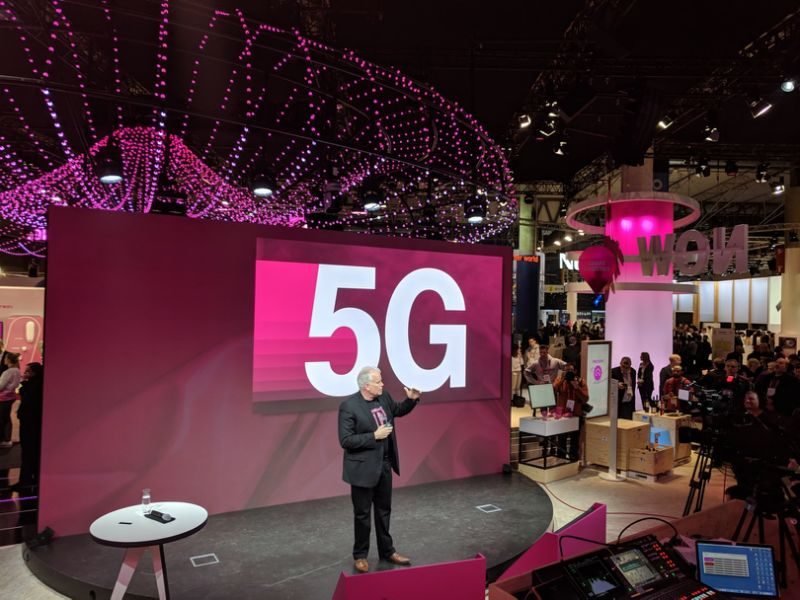
Network Providers Debate Over Operational Options for 5G Band

The world should prepare for 5G wireless connectivity that will come up later in the year, as different firms are warming up to receive and pronounce it to the consumers. Notwithstanding, the excitement and frenzy about its release is abating gradually.
In 2017, a peculiar statement by the CEO of wireless trade conglomerate at CTIA, Meredith Attwell Baker, concerning the new evolution of broadband, 5G, had a hint of hope about it. Baker said this while speaking during a conference last year that 5G will empower all areas of industries and everyday living for consumers.
However, the new definition for 5G is less bullish with simpler terms, unlike before. While answering questions from journalists during a press briefing on Tuesday at a congress for Mobile World program, the head of technical unit at T-Mobile (TMUS), Neville Ray, described the wireless broadband as just a developing upgrade.
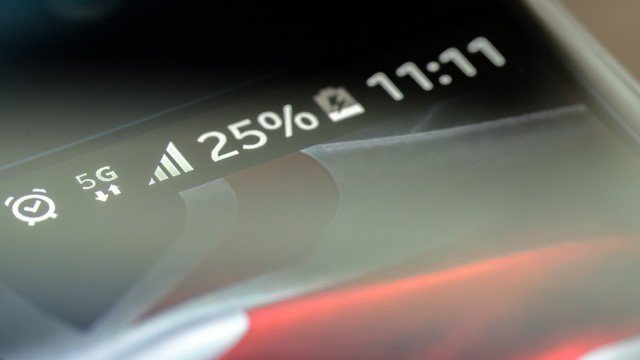
Affirmatively, 5G will be equipped with stronger speed capacity for downloads and less intermission, but it won’t get rid of 4G band like 4G got rid of 3G from the radar.
No smartphone will have access to it until other bigger devices must have enjoyed its functions. The models of the upcoming X50 version of the broadband chipset was displayed by Qualcomm (QCOM). The X50 chipset will be produced for smartphones with 5G capacity which will be distributed in 2019. Another model is currently undergoing a rigorous bandwidth trial, and it displayed a speed of downloads flickering about an estimated 4 gigabits per second, which is around 100% swifter than 4G LTE.
Now, every national network providers in the U.S numbering four, are promoting the availability schedules of 5G and they Verizon, AT&T, Sprint and T-Moblie.
Verizon (VZ)
Verizon wants to take the first position, and it sure did. Last year, in November, VZ made a public declaration that it would unveil 5G residential system in an ‘anchored wireless’ version at Sacramento, California, and this project would be implemented during the middle of 2018, and about four more cities will also benefit. The chief network operator and head of engineering unit, Nicola Palmer, confirmed the date and further explained that a 5G network will succeed the launch.

AT&T (T)
Last week, this carrier launched its 5G blueprint, promoting its efforts to take 5G broadband on mobile to twelve cities such as Texas, Dallas, Georgia and Waco. The expansion service was slated for 2018 ending. However, the announcement left out a vital piece of information, and that is, at the beginning of the service, the connectivity will be restricted to device hotspots, because smartphones for 5G will only start distirbuting as from next year.
Sprint (S)
On Tuesday, Sprint announced that its firm will unveil its own mobile 5G network during the first quarter of next year, while consumers in some cities like LA, Houston, Atlanta, Dallas, Chicago, and Washington will have a replica of 5G network in 2018, while the company improves its services in readiness to launch 5G.
T-Mobile (TMUS)
On Tuesday night, TMUS declared that its own company plans to empower thirty cities with the construction of 5G services, coupled with smartphone networks and the project is scheduled for 2019 in some cities like L.Vegas, Dallas, LA, and New York.
Importantly, this new millenial broadband should be viewed above the smartphone, hotspot, and residential versions, 5G will also be accompanied by three key batches of frequencies that have their customized sell-offs.
For instance, the fastest broadband as shown via the X50 5G chipset model being displayed by Qualcomm will be launched through frequency per millimeter-wave on a 25 GHz rate and more. This is way beyond the waves of LTE bands that we have at the moment.
What about its sell-off? The waves will have limited coverage of distance which will not go far. It would be like the distant restriction system of a 5-GHz Wi-Fi network, which will not travel farther than your apartment, just like a 2.5-GHz.
To enhance effectiveness, numerous new locations for cells must be constructed for the 5G millimeter-wave, and each cell location must have its own energy and back hoist broadband connectivity to every areas of the cyberspace. But network providers expressed uncertainty that the estimated amount of cell locations will not be needed anymore contrary to former speculations.
In an attempt to shed more knowledge in this area, Gordon Mansfield, Vice president at AT&T, said during a meeting on Tuesday that the act of moving a wave through electronic means known as beam forming, will make the provider to accommodate extra field through the stations where the millimeter-wave will be disseminated.
Individual Mode of Operations
Meanwhile, other competitors like Verizon, Sprint, and T-Mobile have announced their individual mode of operations. VS said it can see the distance of 2,000 ft, and it will need experts in installation field to go into homes of customers to fix 5G cables.
For Sprint, an upgrade of 5G on lesser bands of frequencies will be implemented, 2.4 GHz minimum, while T-Mobile will go for 600 MHz, and this may accommodate more expanse but less speeds.
In spite of their differences in ushering 5G into the world, all the four main providers, however, reached a consensus on one thing, and that is the fact that more loads of airwaves will be required to operate 5G optimally.
More in Advisor
-
`
Streaming Giant Netflix Faces Yet Another Challenge
In the ever-evolving landscape of streaming entertainment, Netflix, once the unchallenged king of digital content, now faces a complex puzzle beyond...
December 1, 2023 -
`
Signs You Should Quit Your Current Job & Move On
You Don’t Feel Comfortable at Work Imagine spending the majority of your waking hours in a place where you feel uneasy,...
November 20, 2023 -
`
How to Adjust and Renew Your Portfolio
Investing in the financial world is like navigating an ever-changing landscape—constantly evolving, always shifting. The key to staying on track? Regularly...
November 18, 2023 -
`
Dr. Dre’s Divorce With Nicole Young: A Closer Look
When the beats of old-school hip-hop start bumping, Dr. Dre’s name reverberates in fans’ minds worldwide. Born as Andre Young, this...
November 12, 2023 -
`
Why Branded Content Is the Best Way to Connect With Your Audience
Have you ever found yourself deep in a compelling article or engrossed in a video series, only to later discover that...
November 5, 2023 -
`
Why the Gender Pay Gap Could Be Getting Worse | New Research Findings
At a time when women are making significant strides in various professional arenas, a new report throws light on a trend...
October 28, 2023 -
`
What Is a Bull Market and How Can Investors Benefit From One?
In finance, the term “bull market” is frequently used to describe a period of optimism, rising asset prices, and investor confidence....
October 19, 2023 -
`
A-List Power Couples Where the Women Make More Money
In an era of shifting gender roles and evolving definitions of success, it’s increasingly common to find celebrity couples where the...
October 15, 2023 -
`
Massive Price Cuts: Tesla Only Witnesses ‘Modest’ Sales Gain in China
Cutting Down Prices, But Not Cutting the Mustard? Summer 2023 brought with it a promise of sunshine and relaxation. For Tesla...
October 8, 2023

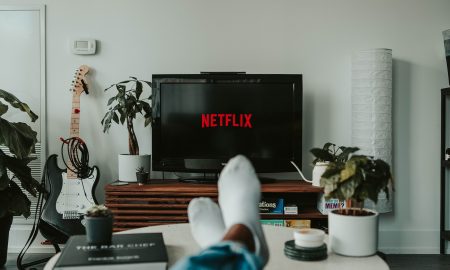








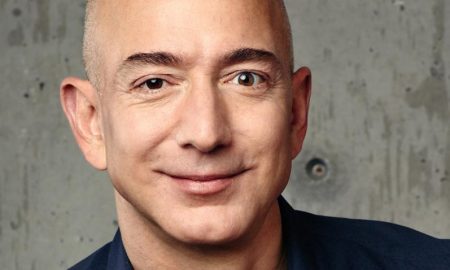


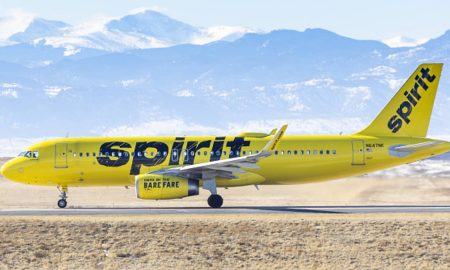

You must be logged in to post a comment Login